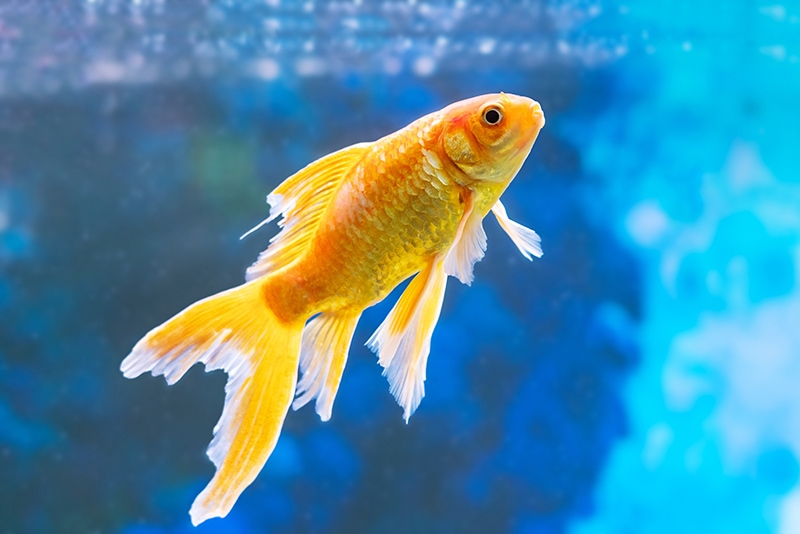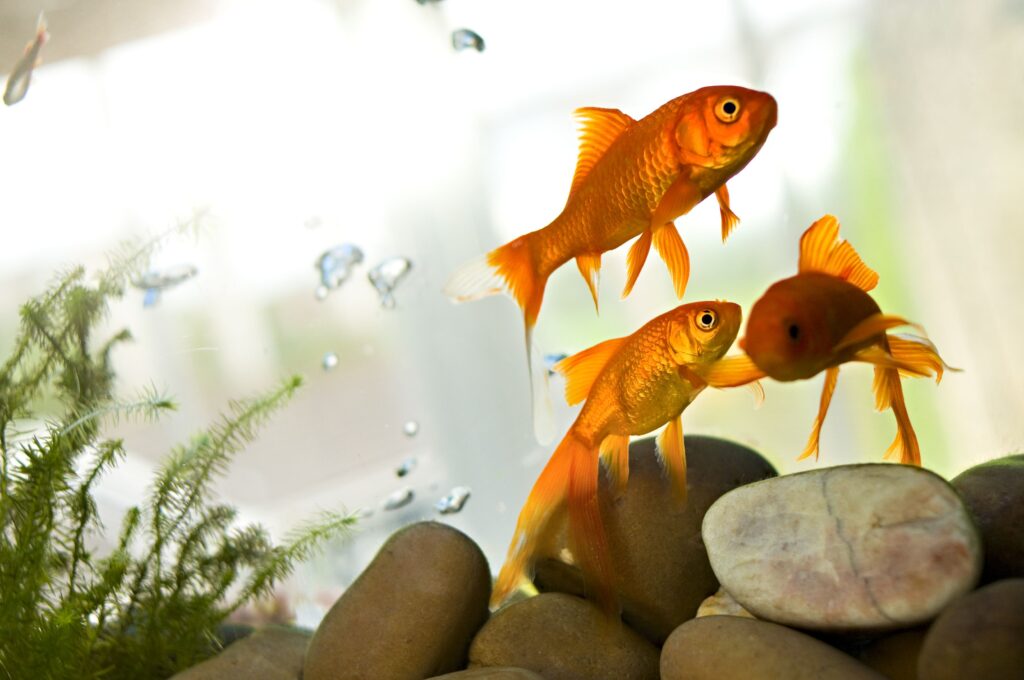
Ever found yourself face-to-face with a fish suffering from Hole-in-the-Head Disease while peering into your aquarium? It’s a sight that might raise eyebrows, given the disease’s peculiar name. But, before you jump to conclusions based on its quirky name, there’s much more to know about this intriguing ailment. This article promises to unravel the misconceptions surrounding this misunderstood condition, dishing out truths that are as surprising as the name suggests. Brace yourself for a deep dive into knowledge that’ll sink faster into your mind than a lead-weighted fishing line! Ready to become an informed aquarist? Let’s plunge right in.
Understanding Hole-in-the-Head Disease
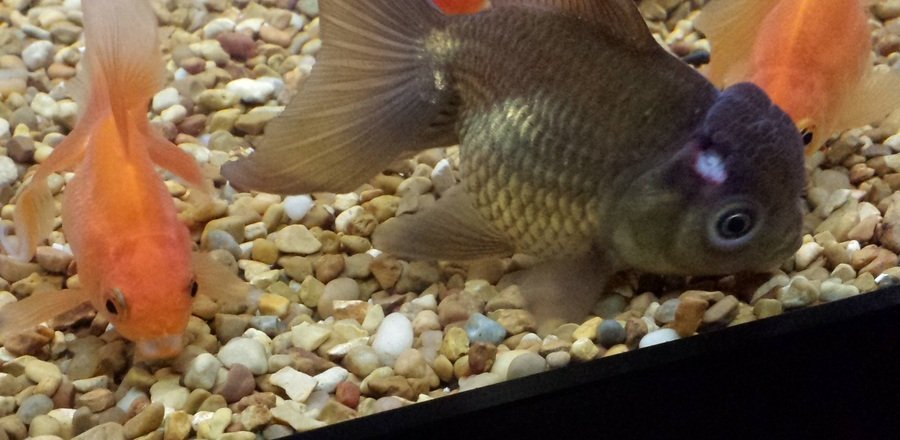
What is Hole-in-the-Head Disease?
So, you’ve probably heard of chicken pox or foot-and-mouth disease. But Hole-in-the-Head Disease? Sounds like a Halloween prank, right? Guess what, it’s not! It’s a legitimate, albeit frightening, condition that affects aquarium fish. Thanks to its catchy name, identifying the disease is a walk in the park. Hole-in-the-Head Disease is a condition where fish develop, yes you guessed it, holes in their heads!
Like a knight in armour after a rough day at a joust, your fish might start sporting little craters on its body. Likewise, your gilled buddy may lose its appetite and color. Essentially, it becomes a fish version of a living, swimming zombie. This ailing state is none other than this mystery disease that we’re about to decipher.
Common Species Affected by Hole-in-the-Head Disease
“No man is an island”, they say, and it seems no fish species is either when it comes to this disease. Although, it has a particular liking for Oscars, Discus, and other cichlid species.
It cracks open its favourite can of worm (quite literally) with your freshwater buddies and then casually jumps over to saltwater species. Giygas, eh? Well, the melodramatics aside, this disease does not discriminate. From freshwater cichlid to marine angelfish, most are potential hosts to this unwelcome guest.
So now that we know what this mysterious Hole-in-the-Head Disease is and which unfortunate species it preys upon, it’s time to debunk some common myths that surround it. Buckle up, it’s mythbusting time!
Myths and Misconceptions
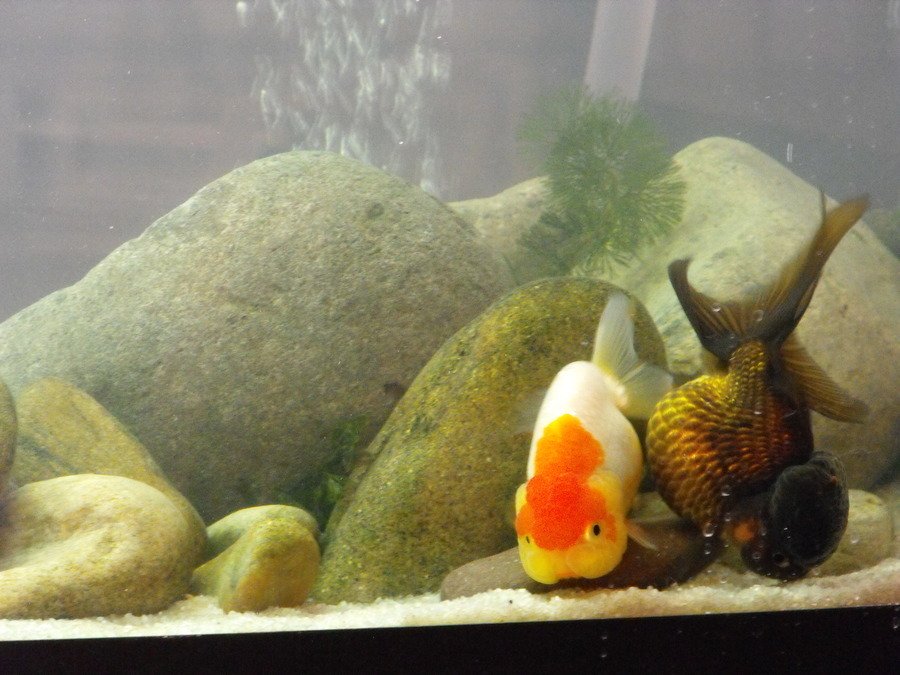
Alright, let’s talk myths! The Hole-in-the-Head Disease world is filled with them. There are many spooky rumors that just like in the game of telephone, got blown way out of scale.
Unraveling Common Myths about Hole-in-the-Head Disease
Let’s unravel our first tangled yarn of mythology – many think this disease is always fatal. Nailing that coffin shut, it’s simply not true. Yes, it’s serious, but with a vigilant eye and the right treatment, your gill-bearing pal has a fighting chance.
Another overgrown tale suggests it’s a result of a curse from Poseidon because you didn’t pay tribute to him. Okay, I made that up – but it sounds dramatic, right? Jokes aside, the real myth is that an outbreak signifies poor tank hygiene. It might be a factor, but research reveals other culprits as well.
Scientific Explanations Vs Popular Beliefs
There’s more to the scientific path of this disease than sea-gods and unclean tanks. Actual science, backed by pesky things like facts and research, points towards nutrition deficiencies, internal parasites, and environmental stressors as primary suspects.
Interestingly, some even claim this disease is a result of aliens experimenting on our water pets. While I can’t prove this wrong (I’ve yet to meet an extraterrestrial), let’s stay in the realm of fact and practicality, shall we?
With these myths busted, we’re ready to plunge into the next section. Time to put on your detective hats, readers – we’re about to investigate how to spot the early symptoms and ponder the potential causes. Buckle up!
Identifying Symptoms and Causes

Let’s be detectives for a moment, shall we? Like TV’s favorite crime scene investigators, we’ll be donning imaginary lab coats and eagle-eyed magnifying glasses. Our mission? Uncover the mysterious symptoms and culprits behind our subject of interest: the Hole-in-the-Head Disease.
How to Identify Early Symptoms
Imagine your fish friend looking more like the moon’s surface than its usual shiny self. Early symptoms of Hole-in-the-Head disease can be pretty hard to spot. Keep a close eye out for the appearance of tiny pits or sores on your pet’s head or body.
Feeling squeamish yet? It gets worse. As the illness progresses, these sores can grow and link up to form little craters. We’re making the lunar comparison for a reason. Even the fish’s behavior might become “alien” or unusual. If it starts hiding more, eating less and looking a bit under the weather (or should we say ‘under the water’), that’s cause for concern.
Exploring Potential Causes of the Disease
Cool, you can spot the symptoms. But what triggers this ‘lunar landing’ look on our poor fish? Truth be told, the exact reason is the Bermuda Triangle of aquarium disease: it’s a mystery.
However, some experts believe nutritional deficiencies, particularly Vitamin C and D (essential parts of a balanced fish diet), may play a big role. Other studies link the disease to poor water quality or even lack of sunlight. Who knew homesickness for sun could affect our deep-sea friends too?
In this journey to understand Hole-in-the-Head disease, we’ve tailed the symptoms and caught some causes. Ready for the next part? We’ll be navigating through the waters of prevention and treatment. Buckle up, detective. The mystery of Hole-in-the-Head Disease continues.
Prevention and Treatment Options

Are you one to learn your lesson after getting burnt? Or would you rather not touch the fire? Let’s shed some light on avoiding the discomfort that Hole-in-the-Head Disease can cause our little swimming friends.
Steps to Prevent Hole-in-the-Head Disease
There’s an old saying, “An ounce of prevention is worth a pound of cure,” and that rings oh-so-true in the world of fish keeping. The first step to dodge this un-fish-friendly disease? It’s diet. You might think feeding Flippy his favorite fish flakes is enough, but you’re only half right. Mix in a variety of foods to ensure he gets all the necessary nutrients. A fish’s version of ‘eating the rainbow’.
Cleanliness comes as a close second on the prevention list. Regular water changes, especially if it has decent amounts of nitrates, goes a long way in preventing the disease. And here’s a pro tip – removing organic debris reduces the chances of bad bacteria.
Now that we’ve identified the ‘preventive maintenance’ part, let’s dive into what to do if your fish still gets struck by this disease.
Common Treatment Options and Their Effectiveness
So, despite your best efforts, it happened. Your fish has contracted the dreaded Hole-in-the-Head Disease. In the immortal words of The Hitchhiker’s Guide to the Galaxy, “Don’t panic.” Treatment options are available.
Firstly, stop feeling guilty. Even the best fish-parents can face this scenario. Start by enhancing the quality of water. Remember the changes we talked about in prevention steps? Increase their frequency.
Fish medication is your next friend in the battle against Hole-in-the-Head Disease. Metronidazole seems to be the most popular choice among aquarists. But remember – these meds are not one-size-fits-all. Consult a professional vet or pet store about the right medicine and dosage for your sick swimmer.
With some patience and consistent effort, recovery is possible. Imagine your fish swimming around, singing ‘I Will Survive.’ Now, let’s talk about how to manage the life of a fish with Hole-in-the-Head Disease.
Living with Hole-in-the-Head Disease
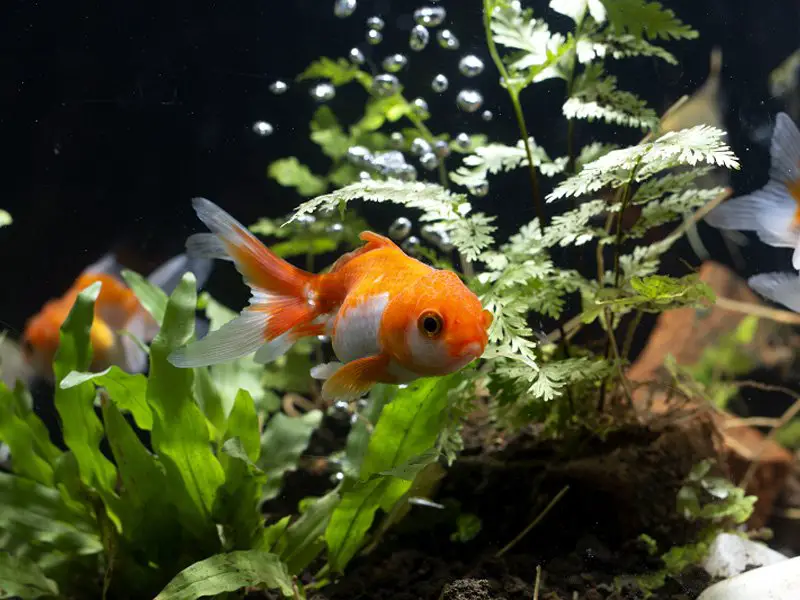
Prepare yourself to delve into the lives of those dealing with hole-in-the-head disease. I have a few stories from fellow fish lovers to help you get a clearer picture!
Managing the Disease: A Pet Owner’s Guide
Disease management? Yep, you heard it right! Same as us, our fish friends need special care when they’re not feeling 100%. The first step is regular, vigilant observation for any health anomalies, like, I dunno, HOLES? Next, chat with your friendly local vet or dedicated fish doctor. They might advise changes in diet or aquarium conditions. Remember, consistency is key, no slacking off even if your favorite Netflix show just dropped a new season.
Alright, what’s next? Oh, right, real-life stories. Exciting stuff. But remember, these stories aren’t for the faint-hearted.
Challenges and Solutions: Stories from Real-life Situations
So, a friend, let’s call him Bob, who’s an ardent ‘guppy’ lover, faced this hole-in-the-head disease for the first time. Yep, Bob was in shock! He started scouring forums and interrogating every fish expert he knew. After some struggles, he got his fish on a special diet and revamped their watery abode to combat the disease. You see, it’s a journey, not a sprint.
In another account, Sarah, a Discus enthusiast, faced a worse scenario. Two of her fish had the disease, and she was losing sleep over it. After trying different remedies, she found that a mix of diet changes and medication worked. A tense time, but Sarah and her two pals pulled through.
These stories remind us the journey is tough, but with love and dedication, we can overcome even the hole-in-the-head disease. Yes, we’re onto the home stretch folks! Up next, the conclusion and a summary of all the gems we’ve uncovered today, right after I refill my Snapple.
To Sum Up
Hole-in-the-Head Disease, a condition affecting several aquatic species, has long been misunderstood. Myths and misconceptions have riddled its understanding, but scientifically, its causes, symptoms, and treatment options are now much clearer.
Investing time to learn about its early symptoms and potential causes is key to prevention. Pet owners can then employ effective prevention strategies and treatment options to improve their pet’s health. In the end, having a pet with the Hole-in-the-Head Disease isn’t the end of the world. With the right guidance, handling challenges and finding solutions becomes a manageable task.
Frequently Asked Questions (FAQ)
Question: What exactly is Hole-in-the-Head Disease?
Answer: Hole-in-the-Head Disease, also known as Hexamita, is a condition primarily seen in aquarium fish. It is characterized by lesions (holes) on the head and lateral line of the fish.
Question: Which species are most commonly affected?
Answer: While it can affect a variety of fish, it’s particularly common in cichlids, discus, and other large-bodied tropical fish.
Question: What are some of the myths associated with the disease?
Answer: A common myth is that Hole-in-the-Head Disease is only caused by poor water quality. In reality, although polluted water can aggravate the condition, multiple factors like diet and stress also play a role.
Question: How can I identify if my fish has this disease?
Answer: Early signs are loss of appetite, a change in behavior, and small pits or holes on the fish’s head or along its sides.
Question: Are there any preventive measures?
Answer: Yes, maintaining a clean and stress-free environment, a nutritionally balanced diet, and quarantining new arrivals can help prevent the disease.
Question: What are the common treatment options available?
Answer: Effective treatments include medications, such as metronidazole, changes in diet, and improvements to the overall aquarium environment.
Question: What’s it like caring for a fish with Hole-in-the-Head Disease?
Answer: It can be tough, but with proper treatment and preventative measures, your fish can still lead a healthy and happy life. Engaging with a supportive community can also help navigate through the challenges.



